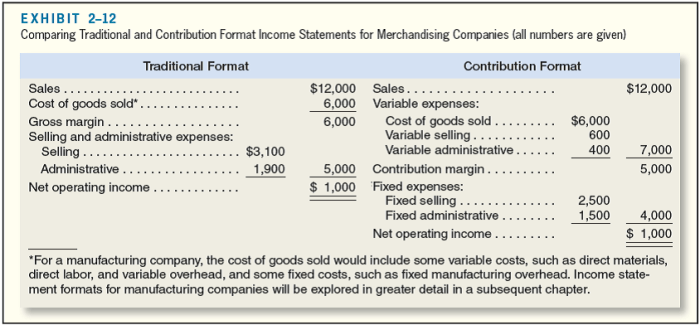Financial and Managerial Accounting 15th Edition embarks on a journey through the intricate world of accounting, unveiling its significance in shaping organizational success. Delving into the core concepts and practices, this edition provides a comprehensive understanding of the accounting cycle, financial statement analysis, managerial accounting techniques, and ethical considerations, empowering readers to navigate the complexities of financial decision-making.
The book unravels the role of accounting in organizations, highlighting its essential function in capturing, measuring, and communicating financial information. It explores the various types of financial statements, including the balance sheet, income statement, and cash flow statement, and equips readers with the skills to analyze these statements to assess a company’s financial health and performance.
Overview of Financial and Managerial Accounting 15th Edition
Financial and managerial accounting are two distinct but interrelated fields of accounting. Financial accounting focuses on the preparation of financial statements that are used by external users, such as investors and creditors, to make decisions about the company. Managerial accounting, on the other hand, focuses on the provision of information to internal users, such as managers and employees, to help them make decisions about the day-to-day operations of the company.
The Role of Accounting in Organizations
Accounting plays a vital role in organizations of all sizes. It provides the information that is necessary for managers to make informed decisions about the company’s financial performance and position. Accounting also helps to ensure that the company is in compliance with all applicable laws and regulations.
The Different Types of Financial Statements, Financial and managerial accounting 15th edition
There are three main types of financial statements: the balance sheet, the income statement, and the statement of cash flows. The balance sheet provides a snapshot of the company’s financial position at a specific point in time. The income statement shows the company’s financial performance over a period of time.
The statement of cash flows shows how the company’s cash has been used over a period of time.
The Accounting Cycle

The accounting cycle is the process of recording, classifying, and summarizing financial transactions to provide information that is useful for decision-making. The accounting cycle consists of the following steps:
- Recording transactions in a journal
- Posting transactions to the ledger
- Preparing a trial balance
- Adjusting the trial balance
- Preparing financial statements
- Closing the books
The accounting cycle is a continuous process that repeats itself each month or year.
Financial Statement Analysis
Financial statement analysis is the process of using financial statements to assess a company’s financial performance and position. Financial statement analysis can be used to identify trends, strengths, and weaknesses in a company’s financial performance. Financial statement analysis can also be used to compare a company to its competitors.
The Different Types of Financial Ratios
There are many different types of financial ratios that can be used to analyze a company’s financial performance. Some of the most common financial ratios include:
- Liquidity ratios
- Solvency ratios
- Profitability ratios
- Efficiency ratios
How to Use Financial Ratios to Analyze a Company’s Financial Performance
Financial ratios can be used to analyze a company’s financial performance in a number of ways. For example, liquidity ratios can be used to assess a company’s ability to meet its short-term obligations. Solvency ratios can be used to assess a company’s ability to meet its long-term obligations.
Profitability ratios can be used to assess a company’s profitability. Efficiency ratios can be used to assess a company’s efficiency.
Managerial Accounting Techniques
Managerial accounting techniques are used to provide information to internal users to help them make decisions about the day-to-day operations of the company. Some of the most common managerial accounting techniques include:
- Cost accounting
- Budgeting
- Performance evaluation
How Managerial Accounting Techniques Can Be Used to Improve Decision-Making
Managerial accounting techniques can be used to improve decision-making in a number of ways. For example, cost accounting can be used to help managers identify the costs of different products or services. This information can then be used to make decisions about pricing, production, and marketing.
Budgeting can be used to help managers plan for the future and to control costs. Performance evaluation can be used to help managers assess the performance of employees and to identify areas for improvement.
FAQ Insights: Financial And Managerial Accounting 15th Edition
What is the primary focus of managerial accounting?
Managerial accounting focuses on providing information to internal users, such as managers, to aid in decision-making and planning within an organization.
How does financial statement analysis help in evaluating a company’s performance?
Financial statement analysis involves using financial ratios and other techniques to assess a company’s financial health, profitability, liquidity, and solvency.
What are the key ethical considerations in accounting?
Ethical considerations in accounting include maintaining confidentiality, avoiding conflicts of interest, and adhering to professional standards to ensure the accuracy and integrity of financial information.